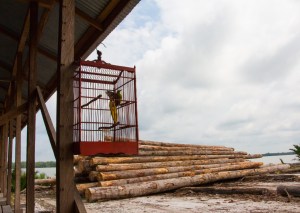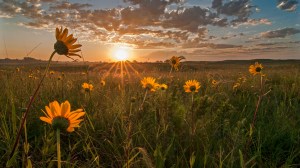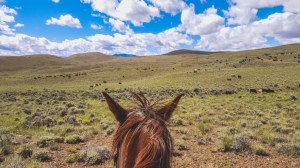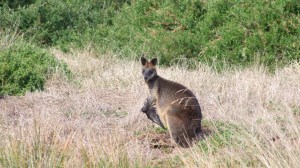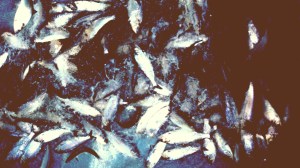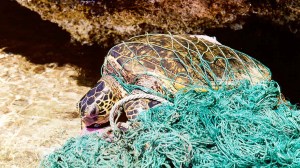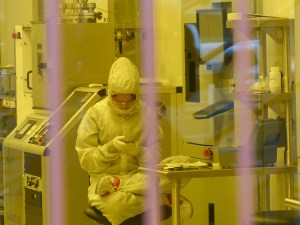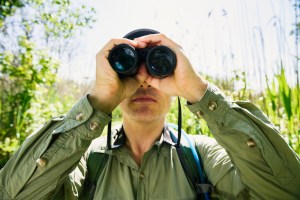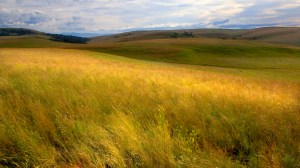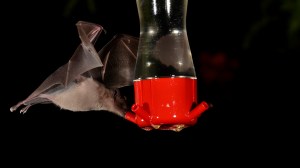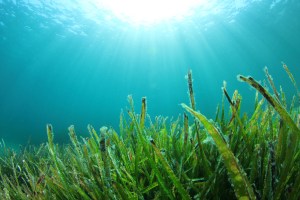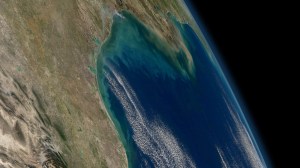Discover stories in Conservation Science
Modeling Logging’s Impacts on Biodiversity & Carbon in a Hypothetical Forest
New research from Nature Conservancy scientists indicates that low-intensity selective logging offers both the best and worst conservation outcomes while maintaining wood production, depending on both land tenure security and the use of certified reduced-impact logging methods.
Recovery: Prairie Reprise
Hope on the prairie: conservation and restoration chart a brighter future for North America’s grasslands.
Can Ancient Herding Traditions Help Cattle Coexist with Wolves and Sage Grouse?
On the Central Idaho range, a rancher looks to ancient herding traditions to help coexist with wolves, sage grouse and native fish. But challenges abound.
The Weird Tale of the Carrion-eating Swamp Wallaby
Have you ever observed a macropod consuming carrion? Share information about your own sightings, below.
Recovery: Benefits of Salmon Failure
Behind a well-publicized failure to recover Atlantic salmon is a largely unknown story of conservation success.
Accidents on the Ocean Highway: Improved Safety Program Needed for Marine Turtles
Sea turtles are often caught as bycatch, accident victims on the ocean highways. Fishers in Pakistan are leading the way in safe release of sea turtles and other species until new fishing technologies are developed to prevent bycatch.
NatureNet Science Research Update: Nanotechnology
An important step toward the next generation of smart nanoparticle systems: the ability to precisely engineer those systems in size, shape and composition
A Birder’s Bookshelf: Essentials for the Well-read Avian Enthusiast
There should be more to your birding library than just field guides ... read on for our list of essential reading for the bird-brained bibliophile.
Space Cowboys: A New Generation of Prairie Keepers
How many cows can you graze and maintain a healthy prairie? Satellites & scientists find solutions that improve habitat and maintain ranching livelihoods.
Recovery: Bats with Your Tequila
The first bat to be delisted by the Endangered Species Act also performs a vital ecosystem service: helping with a vital ingredient in your margarita.
New Science Shows Seagrass Meadows Suppress Pathogens
After a bout of illness in Indonesia, scientists discover that seagrass meadows have bacteria-fighting superpowers that benefit people, fish and invertebrates.
Dead Zone Redemption
The Nature Conservancy is working with partners to reduce the amount of nutrients entering the Mississippi River Basin by 20 percent by 2025.
